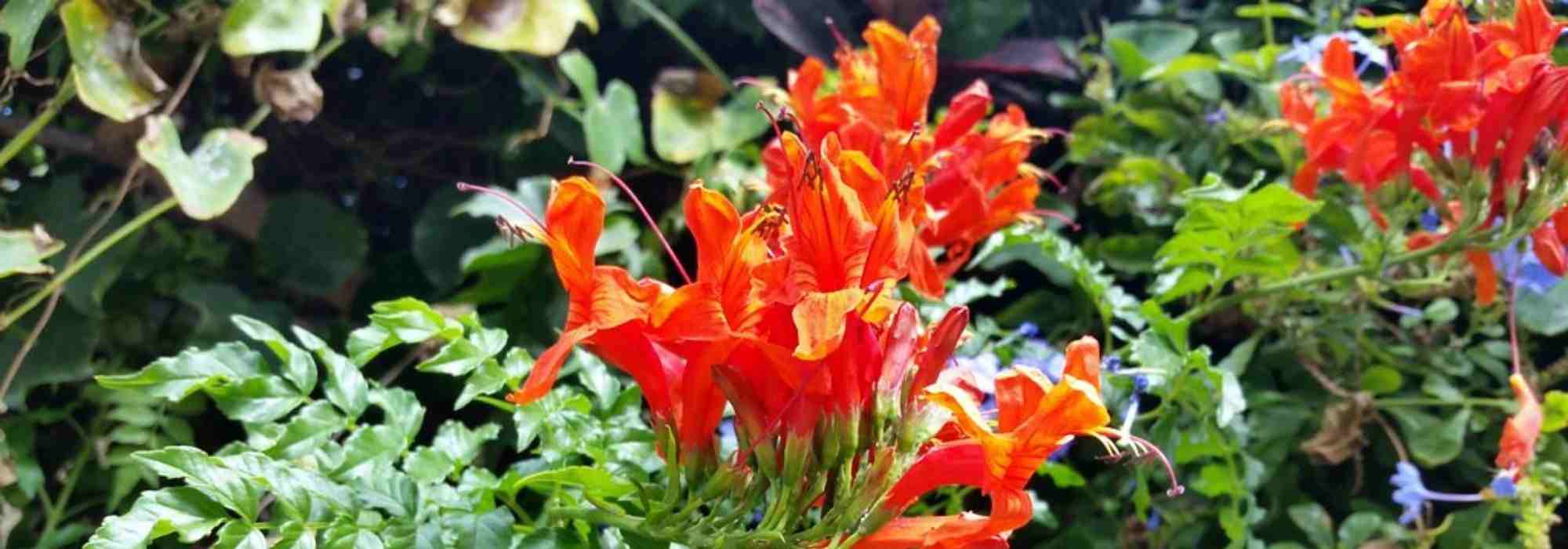
Climbing plants: the longest flowering
our selection of 7 climbing plants whose flowers continue throughout the seasons
Contents
If wisteria kicks off the flowering season for climbing plants, the season continues with beautiful exotics. To cover a wall, create a green screen, or climb over trellises or pergolas, climbing plants are not to be overlooked. In no time, your support will disappear under greenery and flowers. What are the flowering, evergreen, or fragrant climbing plants that bloom the longest? Discover our selection of 7 climbing plants with long flowering periods, for radiant seasons on your walls, pergolas, or arbors.

Treat yourself to a round of flowers with long-flowering climbing plants.
To avoid any failures, we recommend planting appropriately; feel free to adopt our web application Plantfit.
Star Jasmine - Trachelospermum jasminoides 'Star of Venice'
The Trachelospermum jasminoides ‘Star of Venice’ stands out from traditional star jasmine due to its longer flowering period and its fairly compact growth, making it more suitable for small gardens and pot cultivation. Its white flowers emit a sweet, fragrant aroma capable of perfuming an entire area of the garden on summer evenings. Dressed in glossy evergreen foliage that takes on lovely reddish hues in cold and shady conditions, this beautiful voluble liana also has the advantage of remaining attractive all year round. It can be planted in the ground near a trellis, to cover a facade that it will envelop, or even in a large pot on the terrace or balcony.
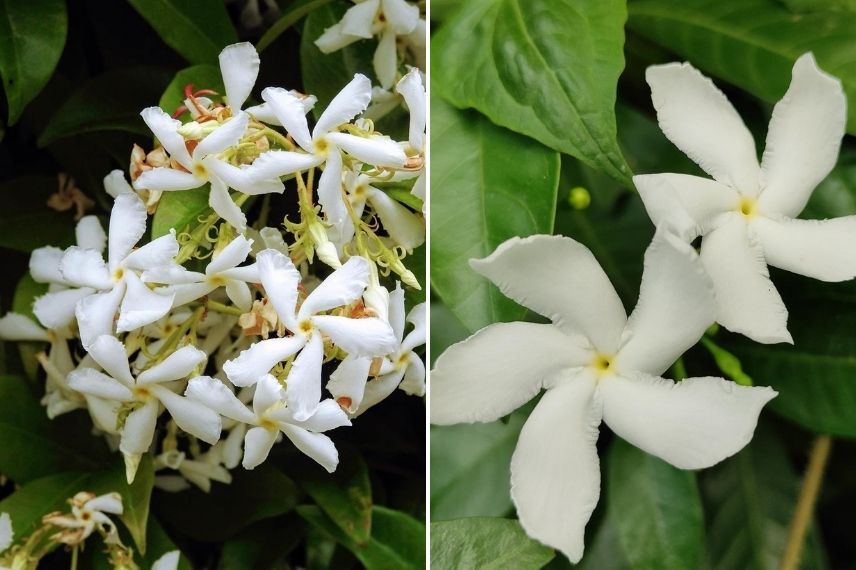
A delight for the senses all year round with this jasmine ‘Star of Venice’ featuring a long, fragrant flowering period
To accompany the star jasmine and requiring the same growing conditions, the Myrtus communis subsp. tarentina is particularly interesting for its ease of cultivation. This evergreen bush with dark green, glossy foliage blooms in the height of summer.
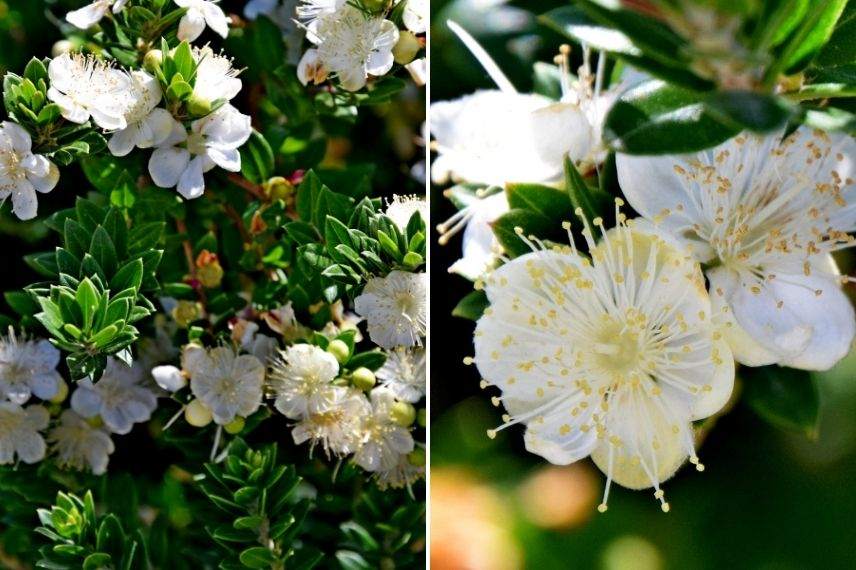
Myrtus tarentina thrives in any soil or shade
Read also
8 tough climbing plants for beginnersClimbing Rose 'Eyeconic® Meipouzmoi'
Truly extraordinary and original, the flowering of this small climbing rose resembles that of a hibiscus: almost simple, they are a vivid yellow enhanced at the centre with a striking touch of vermilion! The colour of the rose ‘Eyeconic® Meipouzmoi’ turns to cream as it blooms, creating a genuine bicolour floral mass from bottom to top. And the appeal of this climbing rose doesn’t stop there, as its flowering is remarkably early, starting in spring around May and continuing until the first frosts. Well resistant to diseases, this rose will add a touch of exoticism to your terrace or garden, trained on a support where it will not exceed 1.20 m in height and 50-60 cm in spread in open ground.
It is a hardy and low-maintenance plant that thrives in full sun, in any ordinary soil without excessive lime, even if dry.
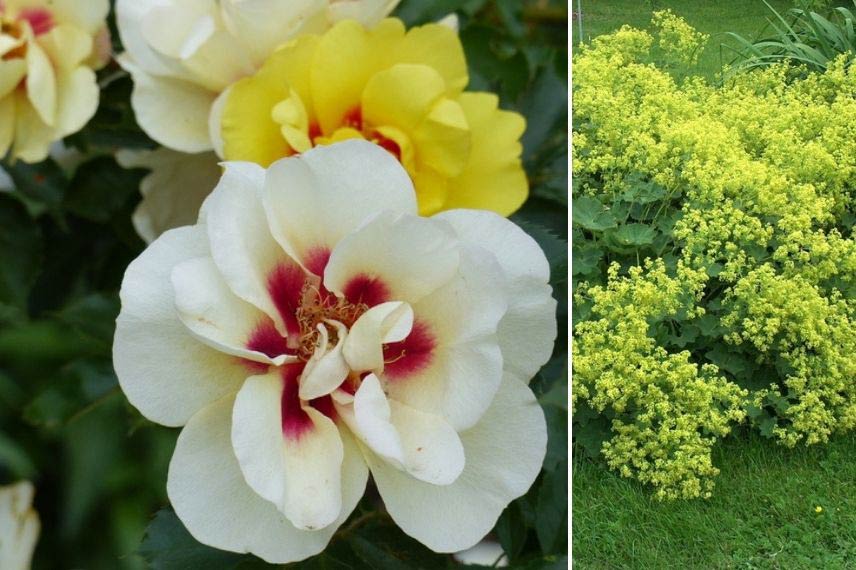
The Climbing Rose ‘Eyeconic® Meipouzmoi’
Plant at the base of this particularly floriferous climbing rose a group of Alchemilla mollis ‘Thriller’. Ethereal with their clouds of greenish-yellow flowers, they will bring a lovely lightness and brightness to the base of the ‘Eyeconic®’ rose. These very easy plants have no particular requirements other than a dislike for excessive dryness and arid conditions.
Discover other Climbers
View all →Available in 0 sizes
Available in 0 sizes
Available in 0 sizes
Available in 0 sizes
Available in 0 sizes
Available in 0 sizes
Available in 0 sizes
Available in 1 sizes
Available in 1 sizes
Available in 1 sizes
American wisteria - Wisteria frutescens
The Wisteria frutescens ‘Amethyst Falls’ is an American wisteria. It flowers in its first year and has a rather moderate growth, which is very interesting in a small garden. It naturally wraps its voluble stems around any support. Its flowering is abundant in spring and continues from late summer to autumn. Its mauve flower clusters are slightly less fragrant than those of the Chinese wisteria.
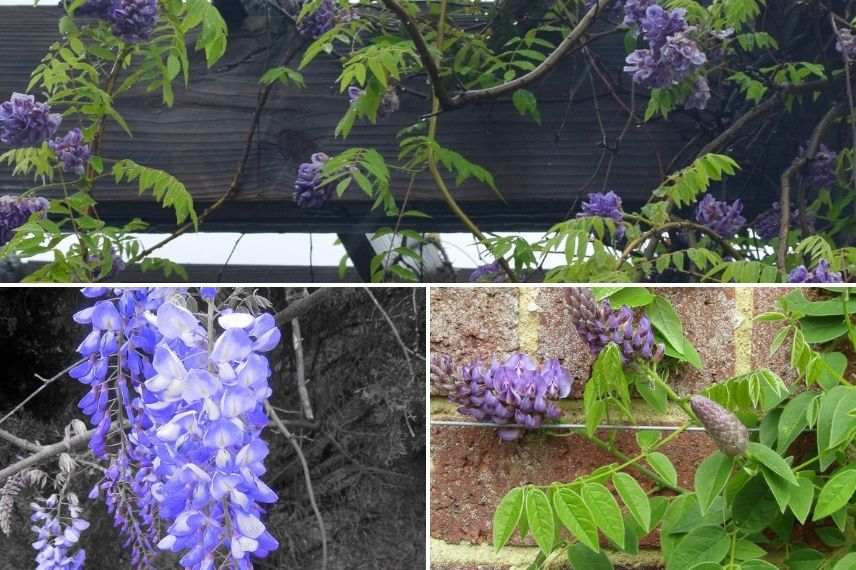 This lightly fragrant American wisteria has the advantage of being repeat flowering.
This lightly fragrant American wisteria has the advantage of being repeat flowering.
The Ceratostigma willmottianum ‘Forest Blue’ or Willmott’s plumbago ‘Forest Blue’ is the ideal companion for the wisteria. It disappears under a multitude of blue flowers from July until the first frosts. In autumn, its foliage turns red, creating a beautiful association with the blue of its flowers.
 Ceratostigma willmottianum ‘Forest Blue’
Ceratostigma willmottianum ‘Forest Blue’
Cape Honeysuckle - Tecomaria capensis
The Tecomaria capensis is a plant for mild climates. It can withstand short periods of frost if the soil is well-drained. It can be trained against a structure. It will reach an average height of 5 m in the ground in very mild climates. In a pot, it grows to about 1.50 m in height with a spread of 1 m. Its flowering begins at the end of summer, late August or early September, and continues into autumn if the weather permits. The flowers are long, narrow tubes, slightly curved and upright, measuring 6 to 8 cm in length, flaring slightly at their tips. The flower features beautiful prominent stamens and a long style. Their colour is a very bright and pure orange.
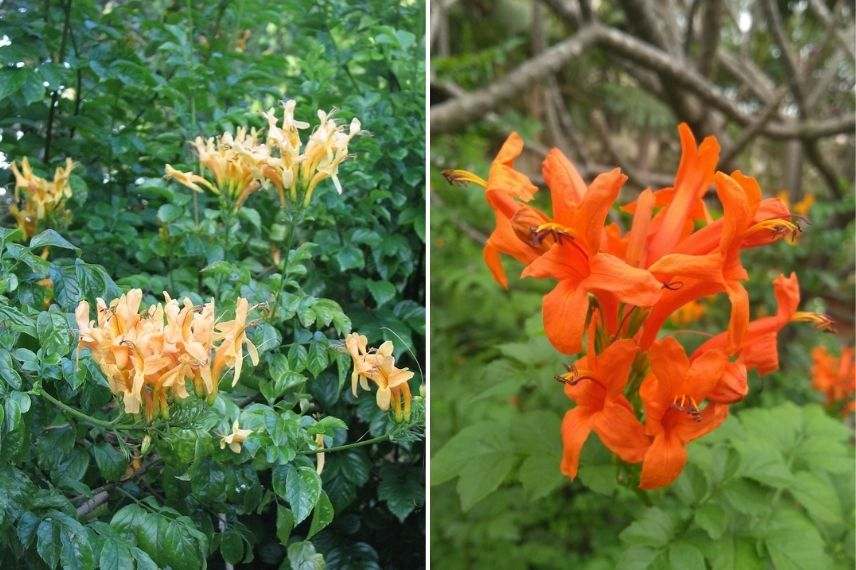 The tecomaria capensis is a climbing plant that can be trained
The tecomaria capensis is a climbing plant that can be trained
The Tibouchina urvilleana is a bush that irresistibly captures attention. It uniquely captures light with its large, almost fluorescent blue-violet flowers. Outside of certain coastal areas spared from frost, grow this wonder in a large pot, to be stored away in winter.
 The spectacular Tibouchina requires a mild climate to flourish its flowers
The spectacular Tibouchina requires a mild climate to flourish its flowers
Bignonia false jasmine - Pandorea jasminoides 'Rosea'
Pandorea jasminoides ‘Rosea’ is a lovely pink-flowered form of the wonderful Trumpet Creeper, a magnificent climbing plant that is frost-sensitive and should only be grown in the ground in the warmest areas of our country. It is a vigorous cousin of our Trumpet Creepers, with a long summer flowering period enhanced by lush, bright green foliage. It blooms generously, showcasing beautiful clusters of funnel-shaped flowers. While its cold resistance is very limited, this liana thrives in any fertile, well-drained soil, provided it receives the sunlight it needs to flower well. It is also a stunning plant for decorating the terrace, as it can be easily grown in a container, which should be brought indoors during winter.
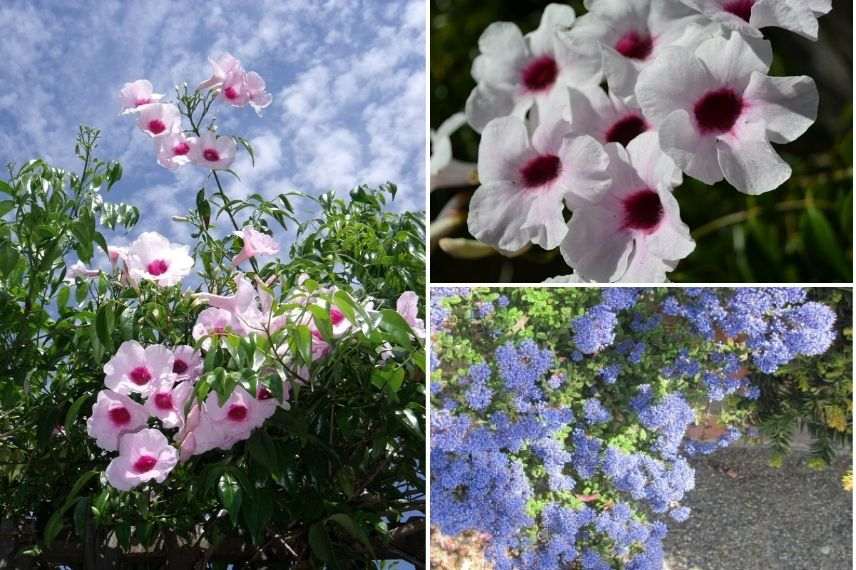 The Trumpet Creeper is quite frost-sensitive. It is best grown in a pot alongside Ceanothus ‘Blue Mound’, which is a variety of evergreen Ceanothus whose intense green foliage provides a backdrop in May-June for a superb sky-blue flowering that complements the trumpets of the Pandorea. Not demanding in terms of soil type, fast-growing, and unfazed by sun or drought, it ages better in poor, light soils and prefers regions with mild winters.
The Trumpet Creeper is quite frost-sensitive. It is best grown in a pot alongside Ceanothus ‘Blue Mound’, which is a variety of evergreen Ceanothus whose intense green foliage provides a backdrop in May-June for a superb sky-blue flowering that complements the trumpets of the Pandorea. Not demanding in terms of soil type, fast-growing, and unfazed by sun or drought, it ages better in poor, light soils and prefers regions with mild winters.
The Trumpet Vine - Campsis capreolata
Campsis or Bignonia capreolata, also known as Climbing Bignonia, is a large, uniquely original climbing plant, blossoming from April to July with long trumpets displaying a reddish-orange to copper throat and a yellow corolla. They emit a unique fragrance, blending the round, indulgent notes of chocolate with the more bitter tones of roasted coffee. Its foliage, leathery and evergreen in not too cool climates, dark green, takes on purplish hues in winter. It clings on its support using its tendrils equipped with suckers. Not demanding regarding soil type, perfectly drought-resistant, and moderately hardy, it thrives in full sun or partial shade in warm climates.
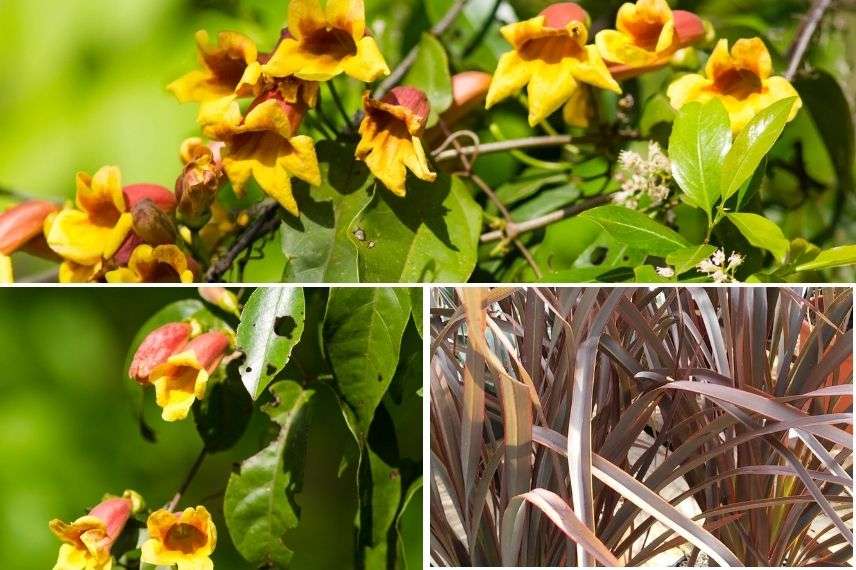
Exotic touch with the foliage of Purple Phormium Tenax and the orange-flowered bignonia with a chocolate scent
The Phormium tenax ‘Purpureum’ or Purple New Zealand Flax, forms an opulent clump of foliage with colours ranging from bronze to purple and violet that adds a very exotic note to the garden throughout the year.
Climbing Solanum - Solanum crispum 'Glasnevin'
The Solanum crispum ‘Glasnevin’ climbs up trellises, arches, pergolas, or stair railings. Plant it in a pot on a terrace to fully enjoy its intense fragrance. The star-shaped mauve flowers with yellow centres, similar to those of potatoes, are grouped in loose bouquets. At the end of flowering, very decorative white-yellow fruits appear. The Solanum crispum ‘Glasnevin’ thrives in cool, light, rather humus-bearing and well-draining soil in full sun and sheltered from cold winds. Water during dry spells, but avoid standing water at the base. A light pruning is sufficient.
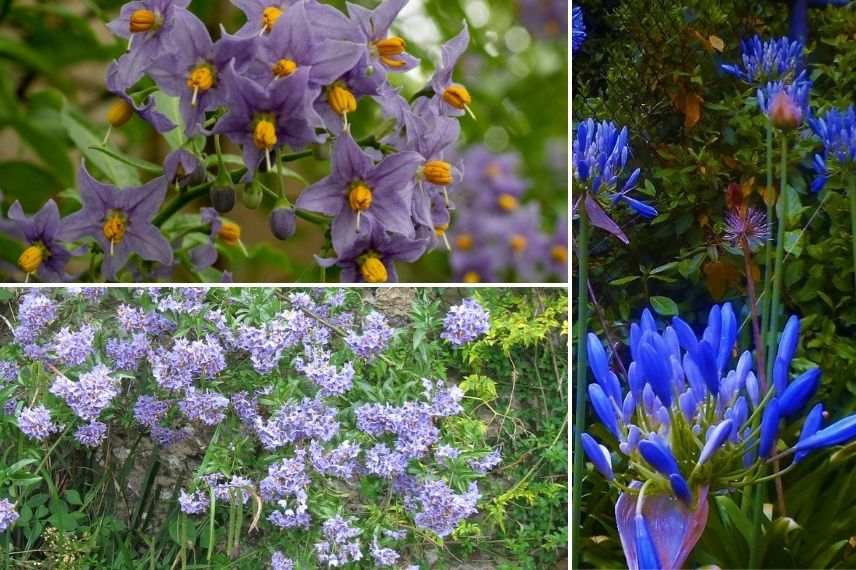
The generous flowering of Solanum Glasnevin is best suited for gardens in mild climates
The Agapanthus ‘Ever Sapphire’ is the first to flower in the garden, often as early as May, and it is not uncommon for it to produce a few more flowers in autumn. With its striking blue colour, its flower umbels rise on numerous short, sturdy flower stems, atop a clump of compact, tightly arranged leaves.
- Subscribe!
- Contents
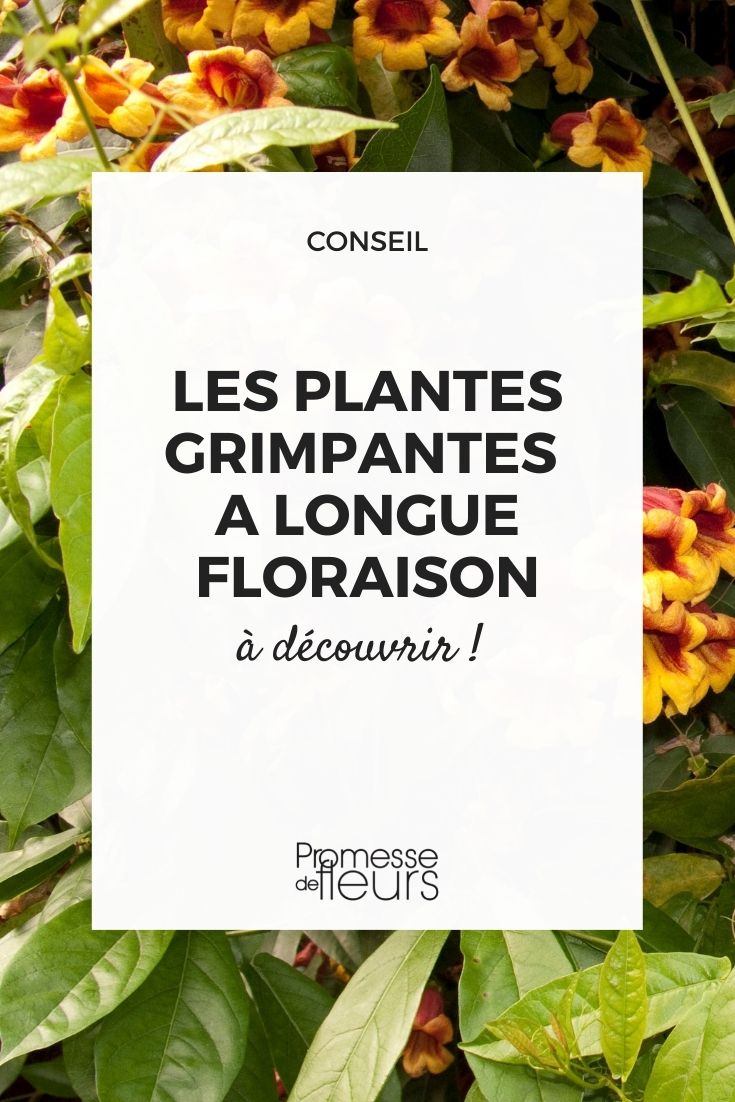































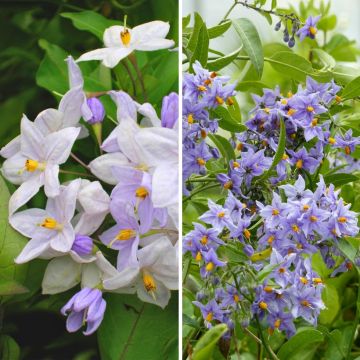
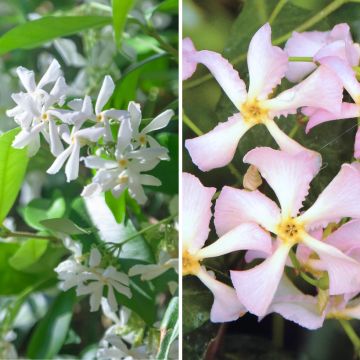
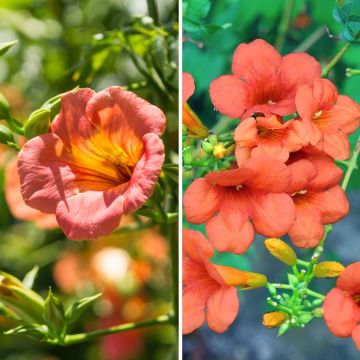
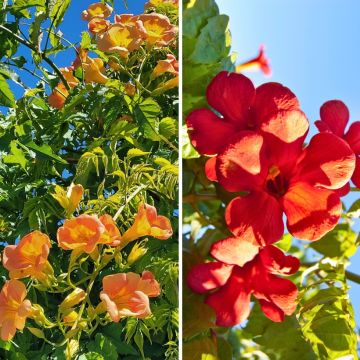
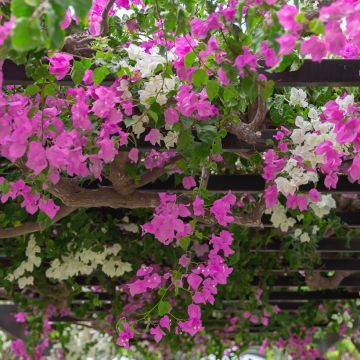
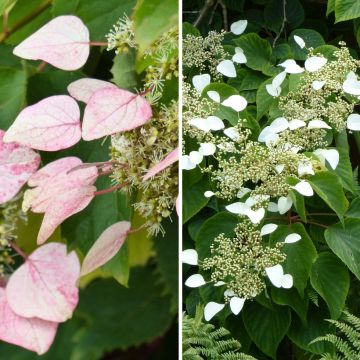
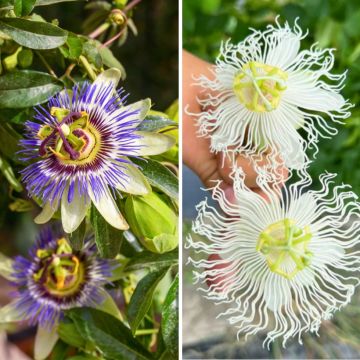
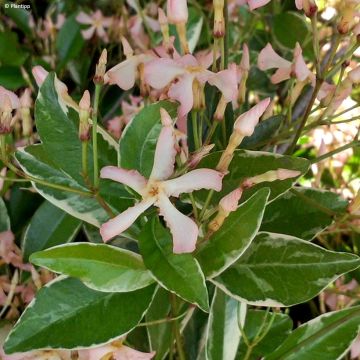
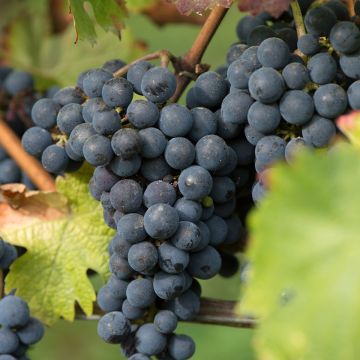

Comments